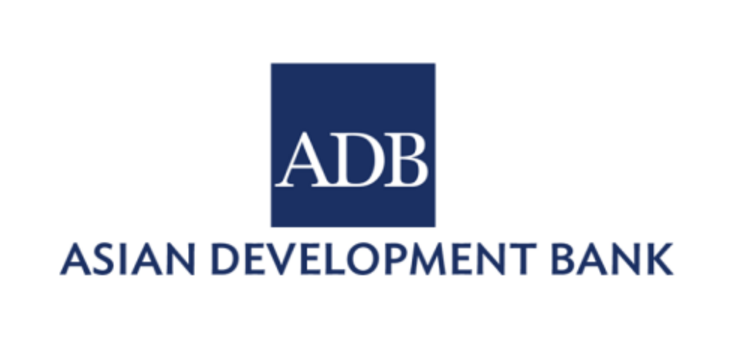December 02, 2020 (MLN): Fitch Solutions has revised down Pakistan’s refining output to a larger contraction of -25% in 2020, down from the -16% forecast prior, as current trends of refinery shutdowns and below-optimal run rates look set to be extended due to a sharp resurgence in new daily Covid-19 infections in Pakistan, putting brakes on the government’s economic reopening plans after earlier lockdowns.
Fitch Solutions, an arm of Fitch Rating Agency said in its recent research that the nascent rebound in Pakistan’s fuel demand also looks set to hit a roadblock, and remain depressed for longer, as curbs on movement and business operations – which had devolved to ‘micro-clusters’ lockdowns in small localities, risk being re-introduced and expanded. A -20% decline for the full year is now forecast, down from the previous forecast of -13%.
This adds to a growing list of woes for Pakistan’s refiners, many of whom are already struggling to keep afloat due to chronic inefficiencies, inability to match tightening domestic fuel regulations and rising competition from higher quality, competitively priced imports.
A meaningful rebound in domestic fuel demand thus may not manifest before 2022, by which Fitch Solution anticipates infections to slow and working Covid-19 vaccines to be made available.
A subdued economic growth outlook for Pakistan for the next few years offers little in the way of respite. The Fitch Solutions Country Risk team’s real GDP growth forecast for FY2020/2021, even after factoring in base effects, stands at a meagre 0.8%, and could see further downsides, as the recent second wave derail hoped for recoveries in private consumption and investment inflows. The Pakistan government’s ability to induce stronger recovery through stimulus measures is limited, due to poor financial health and high debt.
Looking beyond the current pandemic headwinds, long-term underlying fundamentals in Pakistan’s fuel market are turning more bearish. From a growth potential standpoint, Pakistan remains an excellent prospect, due to a large population and an under-supplied consumer base. However, barring the one-off surge forecast in 2022 to account for the rebound fromCovid-19, annual expansions in fuel demand over the next five years will be relatively measured, underperforming less populous regional markets such as Malaysia, Myanmar, the Philippines and Vietnam, as demand growth encounters a few variables, the report said.
First is the discrepancy between the government’s efforts to tighten domestic fuel regulations, and the inabilities of domestic refiners’ inabilities to meet them. The government has introduced measures to ban imports of below-Euro 5gasoline and diesel from January 2021, before making the full transition to Euro 5 fuels by 2025. Existing refineries are not able to meet this standard, let alone consistently producing fuels capable of meeting Euro 2 standards. This would force fuel distributors and consumers to become more heavily tied to imported fuels, which are of higher quality but more exposed to international price swings.
Second is the growing risks in construction as per the research report. The slowdown in Chinese investments during the pandemic has slowed activities within the sector to a crawl. And while wearing off of pandemic effects would see halted activities resumed, the medium-term outlook for infrastructure-related investments, particularly those associated with the China-Pakistan Economic Corridor (CPEC), has also become more uncertain, as stiffer market conditions force Chinese companies to be warier of the high above ground risks prevalent in Pakistan before choosing to invest. China continues to be keen on Pakistan as a key investment destination and this will ensure a continuous stream of capital inflows, particularly as it pushes forward its Belt and Road (BRI) initiative throughout the region. However, the long-term ability to fund projects could come under pressure over time, as economic headwinds accrue in China.
Third, the consumption of high sulfur fuel oil (HSFO), roughly about 25% of the fuel mix, risks being rendered obsolete as the fuel loses its place in power generation, so as to accommodate LNG, and also in shipping due to stricter international emissions rules such as IMO2020. A bright spot in the fuel market has been LPG due to its growing role as a heating and cooking fuel for the rural base, although moving forward, a growing percentage of it will need to be sourced from imports, as domestic gas production declines and existing refineries struggle to iron out mounting financial, operational constraints, the report added.
Copyright Mettis Link News
38353









